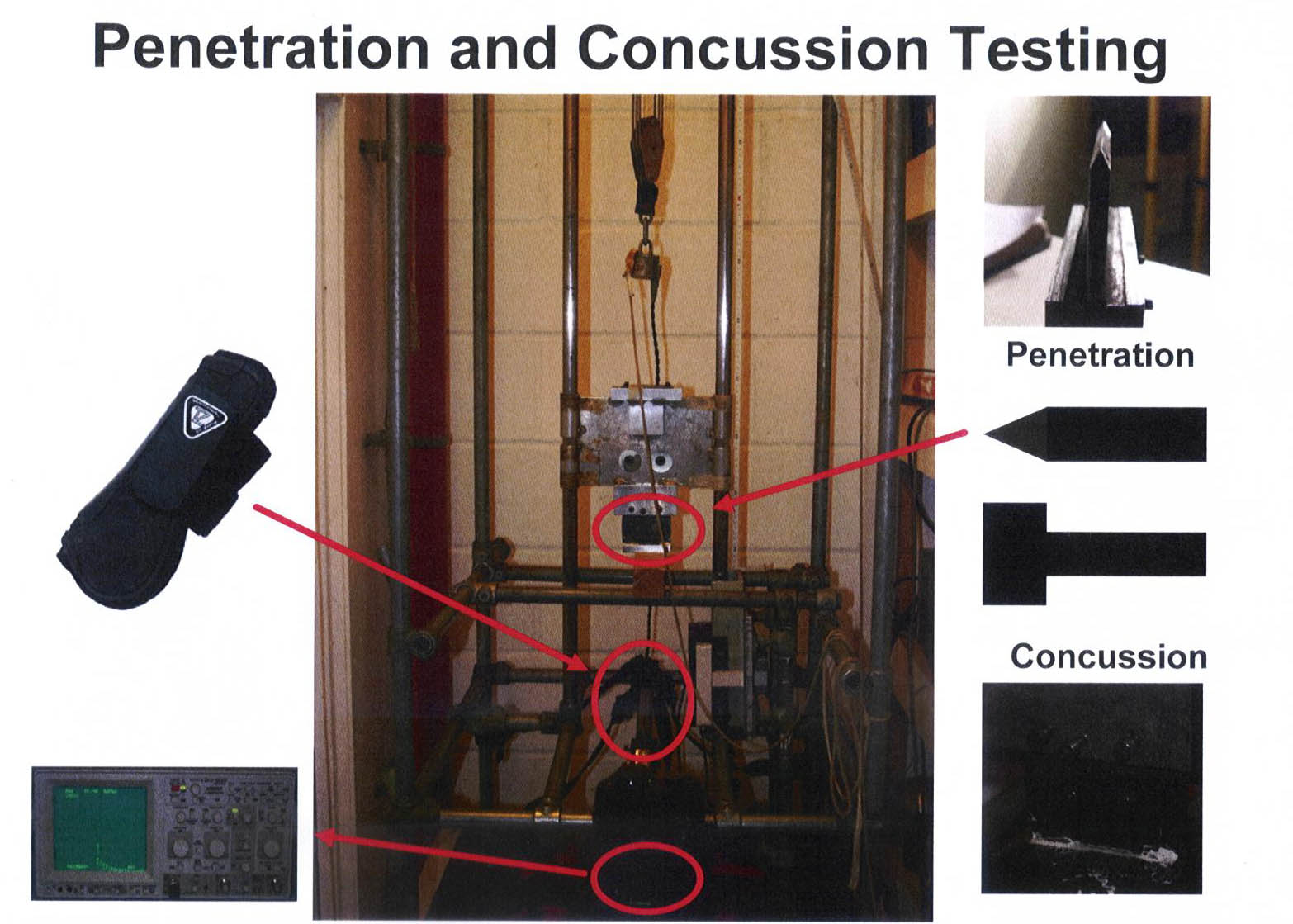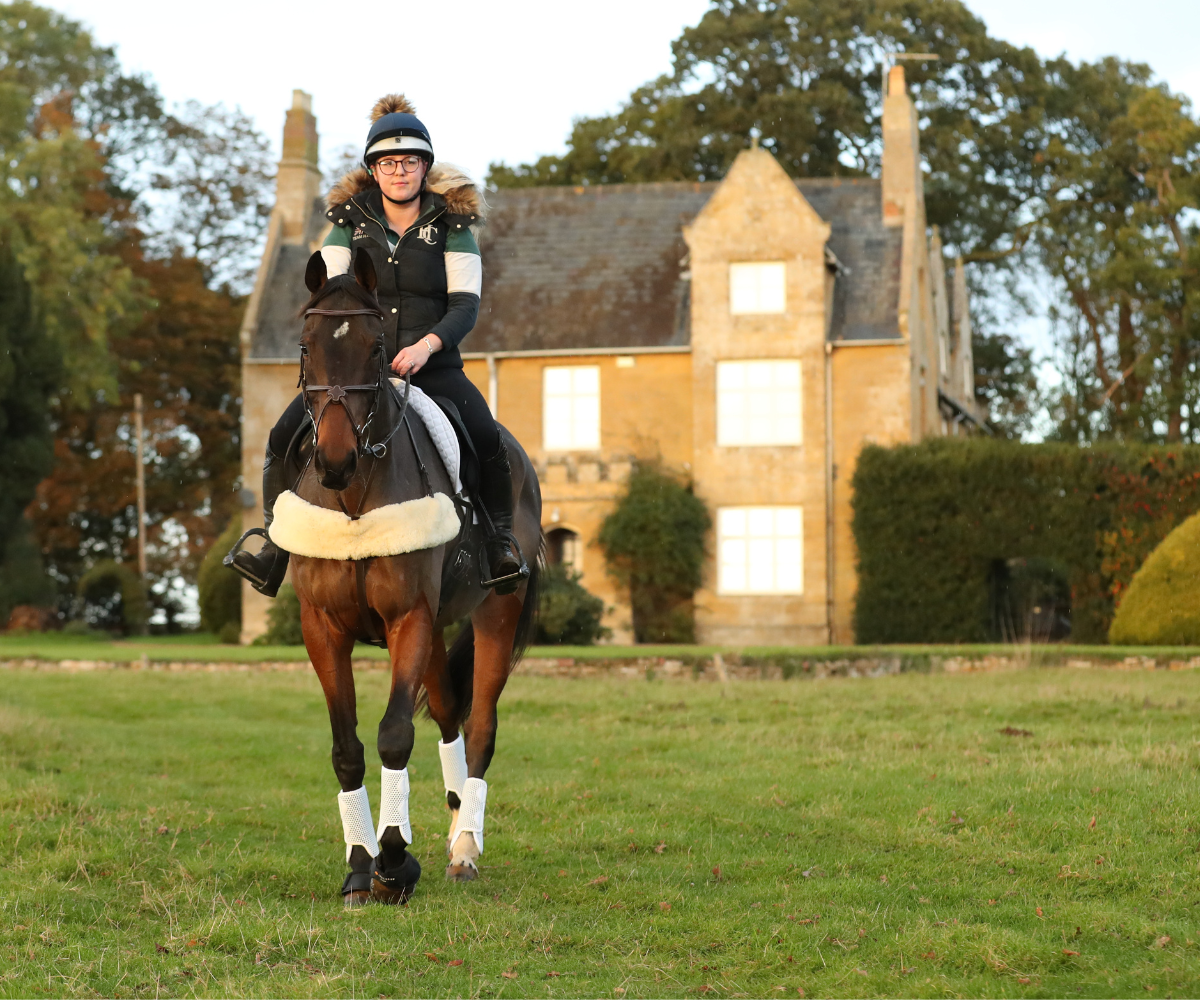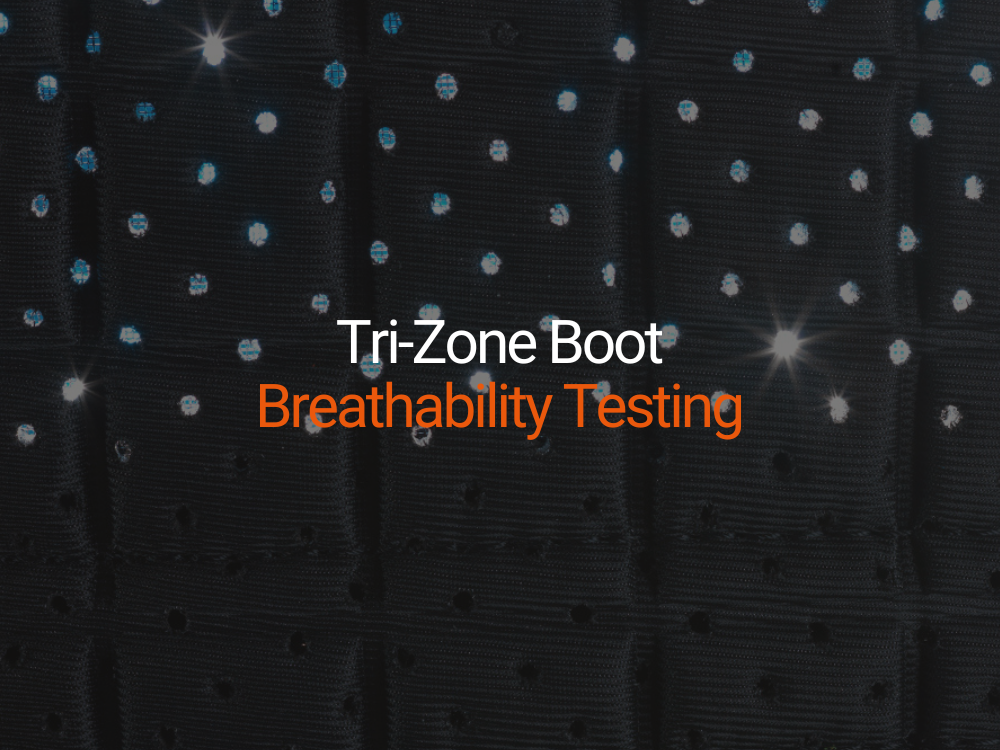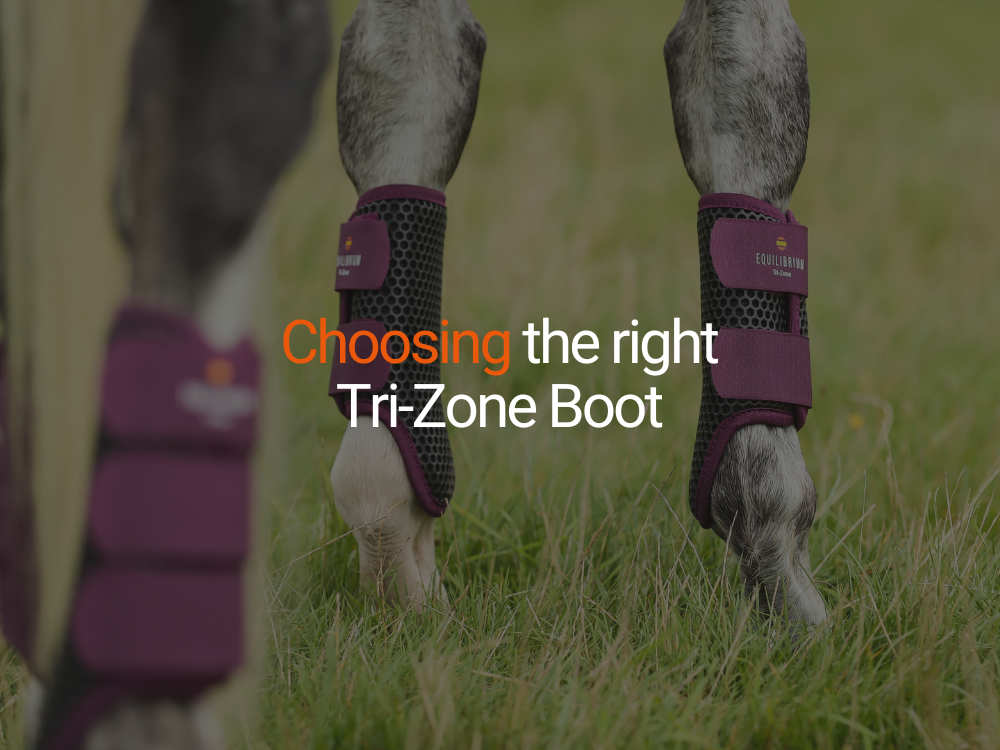
Testing Phase 1 – Independent Laboratory

Testing Phase 2 – Tester Panel

LIVRAISON GRATUITE POUR LES COMMANDES DE PLUS DE 50 £
5* AVERAGE SERVICE RATING
Instructions spéciales concernant la commande
Vêtements pour chevaux
Vêtements pour chevaux
Thérapie
Bottes pour chevaux
Soleil et vol
Licols et longes
Tapis
Accessoires d'équitation
Nutrition
Nutrition
Blocs d'alimentation et de foin
Friandises
Haynets
Bucket Covers
Shop by Pet
Gamme
Additional B2B Information
Additional B2B Information
Shop by Discipline
Shop by Discipline
Zone d'éducation
En tant que cavaliers, nous protégeonsnotreLes zones les plus vitales (tête et torse) sont protégées par des casques d'équitation, des protections corporelles et plus récemment des gilets d'air. L'équipement de protection du cavalier est soumis à des tests approfondis pour répondre aux normes et réglementations et nous pensons qu'en tant qu'élément vital de votre cheval, les bottes de protection pour les jambes de votre cheval doivent subir un processus de test similaire.
Les bottes Tri-Zone passent par un processus de test unique en 3 phases, vous donnant l'assurance de choisir la meilleure protection des jambes pour votre cheval. Les matériaux sont soigneusement sélectionnés pour offrir une protection maximale, mais sans être encombrants, lourds et ne pas rendre les jambes de votre cheval chaudes et moites. Chaque couche individuelle de la botte Tri-Zone est étudiée et sélectionnée pour ses propriétés techniques avancées et testée dans un laboratoire indépendant avant d'être placée à proximité de la jambe d'un cheval.

In the same laboratory that test standards of riding hats and body protectors, Tri-Zone boots are safety tested to their limits for their ability to withstand concussion and penetration whilst remaining lightweight, breathable and flexible.
For concussion and penetration the testing is carried out using a custom made test rig consisting of a tower from which either a blunt hammer or a cutting blade is dropped onto the boots in a controlled fashion. The weight of the blade and hammer are fixed and different forces are applied to the boots by varying the height from which they were dropped onto the boots. Boots were hit with forces ranging from 1.25 to 20 Joules. These forces were chosen as being those likely to occur in the horse during exercise, for example when hitting obstacles or over-reaching.
We test our boots to measure how well the boots allow heat to escape in order to reduce the risk of tissue damage.
Research has shown that when tendon cells are heated to 48°C for 10 minutes approx, 80% of them die*. We use several different methods to assess heat release from boots. The heat release is estimated by fitting the boots to a metal flask containing water at 45°C in a room at 20°C with no significant radiation. The surface temperature of the boots is measured using a thermal camera. We tested Tri-Zone boots, along with a number of other boots on the market.
From this it was clear that some boots were very effective insulators and kept the heat in so the outside of the boot appeared cold. Other boots appeared much hotter on the surface, showing that they were allowing heat to escape.
Heat release was then estimated by measuring the rate at which the temperature of the water in the flask dropped whilst 20°C air was being blown over the boot (via a fan). This was done to simulate the movement of air over the boot and leg as would occur during exercise.
If boots are constructed of inflexible (i.e. stiff) material or if boots are applied too tightly, they have the potential to restrict joint movement and cause other problems such as tendonitis. Stride characteristics and performance could also be affected. Boots need to allow as much freedom of movement as possible without compromising on their primary function of protection. We test our boots to make sure that they do not restrict the horse’s movement whilst still exceeding protection requirements. An 8cm x 1m steel pipe is set up secured to a workbench. The boots are fixed to the pipe and a 10kg weight is attached with a clip on the boot and the downward direction measured. The degree of flexibility is measured by how much the boot bends.
Adding even small amounts of weight to the end of the leg in the form of a boot significantly increases the effort the horse must make to run and can also alter the stride characteristics. Some boots can double in weight if the horse is being exercised in the rain, on wet ground or going through water. This can seriously affect stamina and performance. We design and test our boots to minimise water absorption, excess weight but without compromising on protection.

The boots then undergo trials by an extensive tester panel of horse owners and riders who test them for the fit, comfort, ease of use and washing to ensure we have not only a safe product but one that people can easily use and trust.

Finally the boots go through the rigorous test of being used all day, every day on busy competition yards by teams of professional riders. Tri-Zone boots are worn either at home or at competitions by an array of Olympic riders, world champions and top producers.

Un guide des bottes, enveloppes et mini-chaps pour chevaux
En tant que cavaliers et propriétaires de chevaux, nous demandons à nos chevaux de vivre et de travailler d'une manière qui ne serait pas le cas dans la nature. Par conséquent, nous devons leur fournir une protection des pattes contre les blessures causées par des impacts externes, des blessures auto-infligées et des problèmes liés au stress.

Test de respirabilité des bottes tri-zone
Les bottes de brossage Tri-Zone ont été soumises à des tests indépendants avec le Dr David Marlin pour établir exactement leur degré de respirabilité et comment cela se compare à d'autres bottes similaires sur le marché. La méthode de test a été conçue pour mesurer la quantité d'humidité qui s'échappe de la botte. Cette méthode a été réalisée dans un environnement de laboratoire contrôlé pour éliminer autant de variables que possible qui peuvent être rencontrées lors des tests sur un cheval vivant.

Choisir la bonne guêtre Tri-Zone pour votre cheval
La gamme Tri-Zone est soumise à des tests indépendants pour garantir que chaque botte est à la hauteur de sa tâche, qu'il s'agisse d'une botte de brossage ou d'une botte conçue pour les impacts élevés. Quel que soit le niveau de protection, la conception de chaque botte est optimisée pour garantir qu'elle reste aussi respirante, légère et flexible que possible afin de garantir la liberté de mouvement et le confort de votre cheval.
Inscrivez-vous à notre liste de diffusion pour recevoir des mises à jour sur nos produits, nos ventes et nos récompenses exclusives
Connecte-toi avec nous
© 2025,
Equilibrium.Copyright © 2024 Equilibrium Products Limited. Enregistrée en Angleterre et au Pays de Galles sous le numéro 03762996.
Nous utilisons des cookies et des technologies similaires pour offrir la meilleure expérience sur notre site Web.
